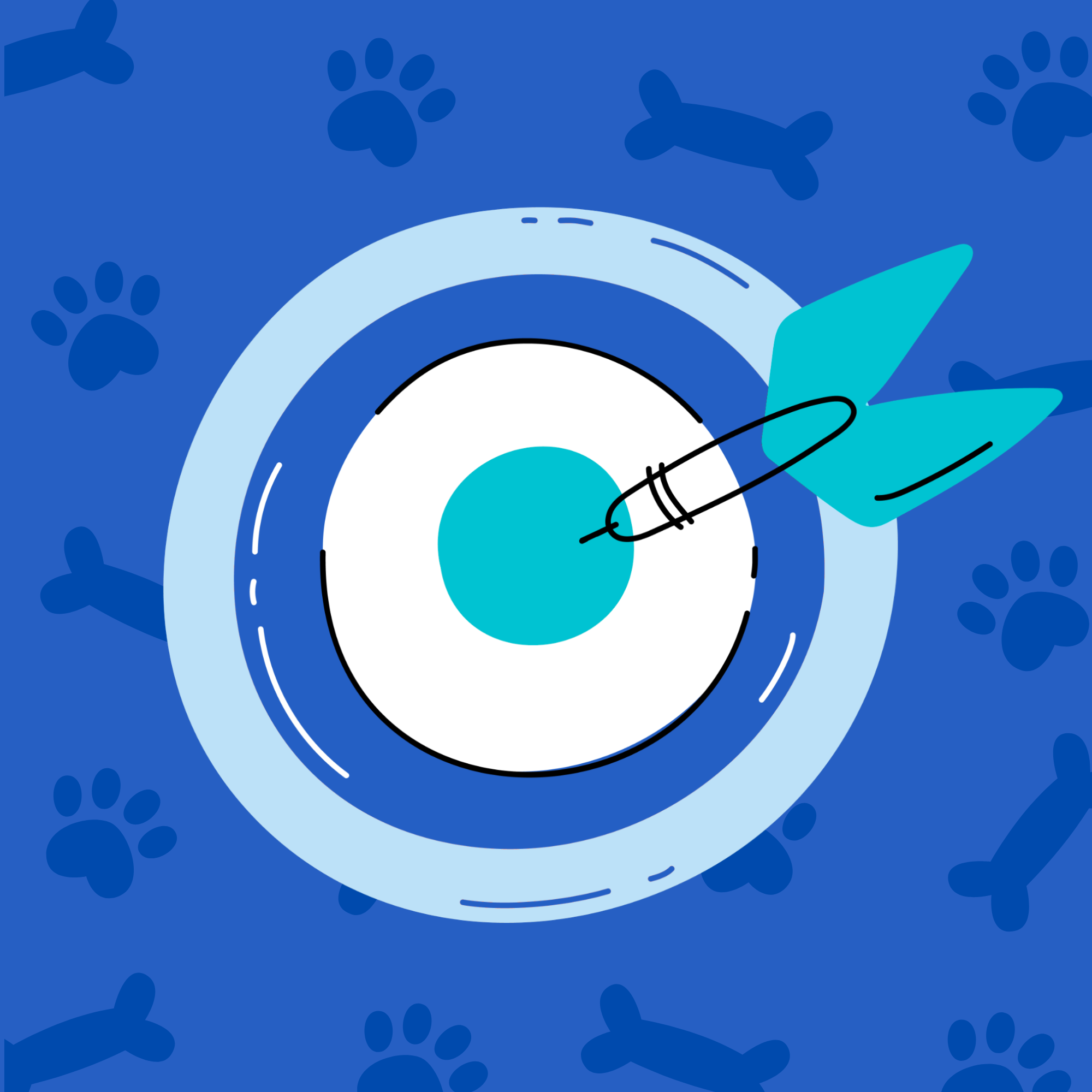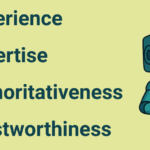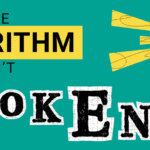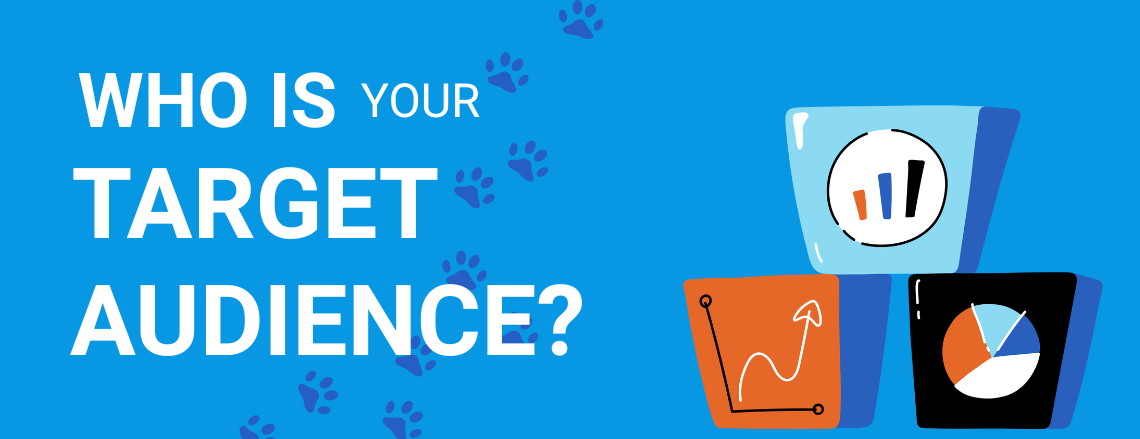
Trying to market to everyone often means you’re connecting with no one.
The key to effective marketing is to stop shouting at the crowd and start a real conversation with your ideal customer.
This guide provides a simple framework for defining exactly who that person is and what they need to hear from you.
Why “Everyone” is Not Your Target Audience
When you’re passionate about what you do, it’s tempting to think your product or service is for everyone. But marketing to a generic audience is like shouting into a crowded stadium and hoping the right person hears you. It’s loud, expensive, and mostly ineffective.
When you know exactly who you’re talking to, you can stop shouting. You can start having a conversation. A specific audience allows you to:
- Craft a message that resonates deeply with their specific needs.
- Spend your marketing budget more efficiently.
- Build a loyal community that trusts your brand.
Beyond the Basics: Demographics vs. Psychographics
The first step in defining your audience is to understand that there are two types of information you’re looking for.
- Demographics are the “what”: This is the surface-level data. Think age, location, job title, and income level. It’s useful, but it doesn’t tell the whole story.
- Psychographics are the “why”: This is what truly drives your customer’s decisions. Think values, goals, challenges, fears, and motivations. This is where real connection happens.
A successful marketing strategy needs both, but the magic is in the psychographics.
Let’s Build Your Ideal Client Profile in 3 Simple Steps
Let’s build a simple profile of the person you’re trying to reach. This isn’t about excluding people; it’s about focusing your message so the right people can find you.
Step 1: Look at Your Current Best Clients
The best place to start is with the people who already love working with you. Think about your favorite client or customer.
- What do they have in common?
- What specific problem did you solve for them?
- Why do you enjoy working with them?
Step 2: Ask the Right Questions
Now, dig a little deeper into the “why” (the psychographics). For your ideal client, try to answer these questions:
- What is their biggest challenge related to what you offer?
- What are their goals? What does “success” look like to them?
- What do they value most in a business like yours? (e.g., speed, quality, price, communication)
- What are their fears or hesitations about purchasing your product or service?
Step 3: Put It All Together and Give Them a Name
Write down a short paragraph describing this person. Even better, give them a name (like “Marketing Manager Molly” or “Startup Steve”). This simple act makes your ideal client feel like a real person. This profile is now your guide. Before you write a social media post, design an ad, or update your website, ask yourself: “What would Molly think of this?”
Our Final Thoughts
Knowing who you’re talking to is the most important—and often overlooked—first step in any marketing strategy. It transforms your efforts from guesswork into a focused, effective plan. Taking the time to understand your audience’s challenges, goals, and values is the key to building a brand that doesn’t just sell, but connects.





